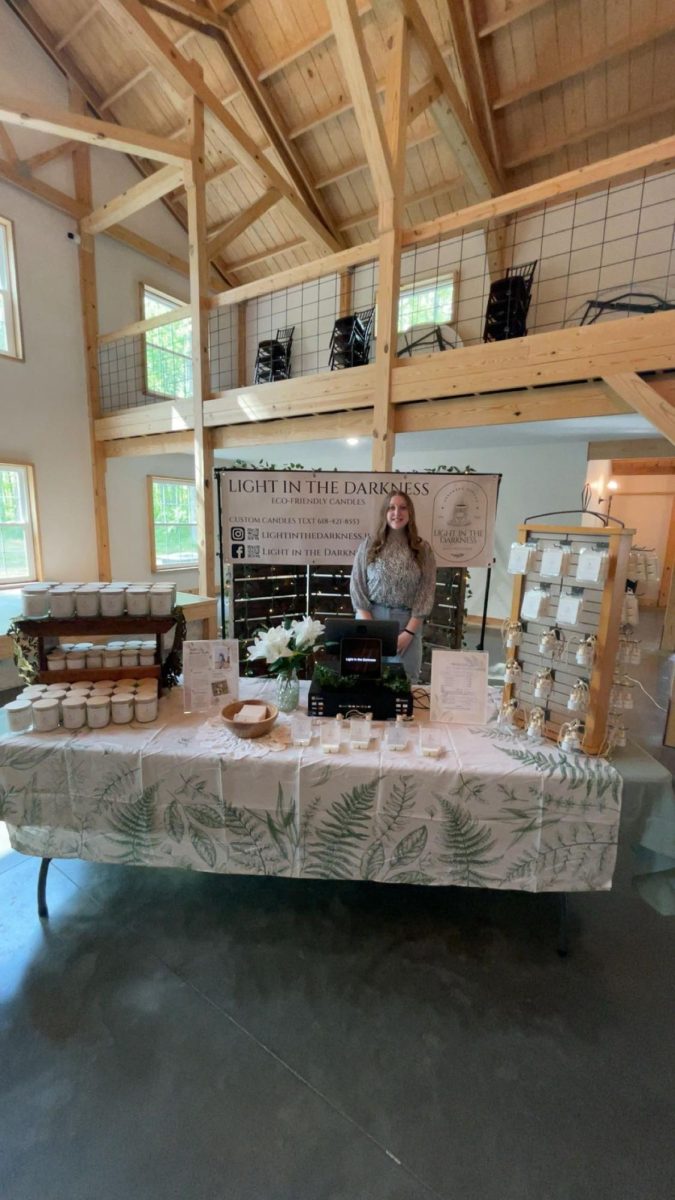Happy late Halloween!
I personally love halloween, as it is the one day of the year that you can wear an inflatable dino to school and no one will care, not to mention the candy! It’s a tradition that goes all the way back to the sixteenth century in Scotland and Ireland, where children would go door to door dressed up and put on a small performance to be rewarded with food.
The most ancient precursor is said to have been started by one of the Seven Sages of Greece, Cleobulus; it is said by Athenaeus that he started a tradition in Rhodes where children would dress as swallows and sing, but if you didn’t reward them, they would cause mischief.
The modern precursor of Halloween is the Irish, Scottish, Manx, and Neopagan holiday of Samhain (SAH-win or SOW-win). Celebrations begin on the sunset of October 31 and ended on the sunset of November 1 (or April 31 and May 1 in the Southern Hemisphere), as the Celtic day began and ended at sundown. Samhain is celebrated with bonfires, trick-or-treating, mumming, dancing, played games, and feasting, but it is also a very important spiritual holiday. It is believed that this is the day when the Veil between our world and the Otherworld (essentially where the aos si, or gods, dead, and fey, live) grows thinnest, allowing the ancestors to cross over. Jack-O-Lanterns were put out to scare off malicious spirits such as Stingy Jack, while costumes were put on to blend in. Prayers were made to protect the living, and people attempted to predict the future. The only other day where this happened was Bealtine, which happened six months later
A similar holiday to Samain, Calan Gaeaf, is celebrated in Wales, with similar traditions.
As you can see, Halloween is a very ancient festival, and I’d argue that the spirit of the desire for mischief, fun, and treats is intrinsic to human nature. Especially the desire for treats.


















